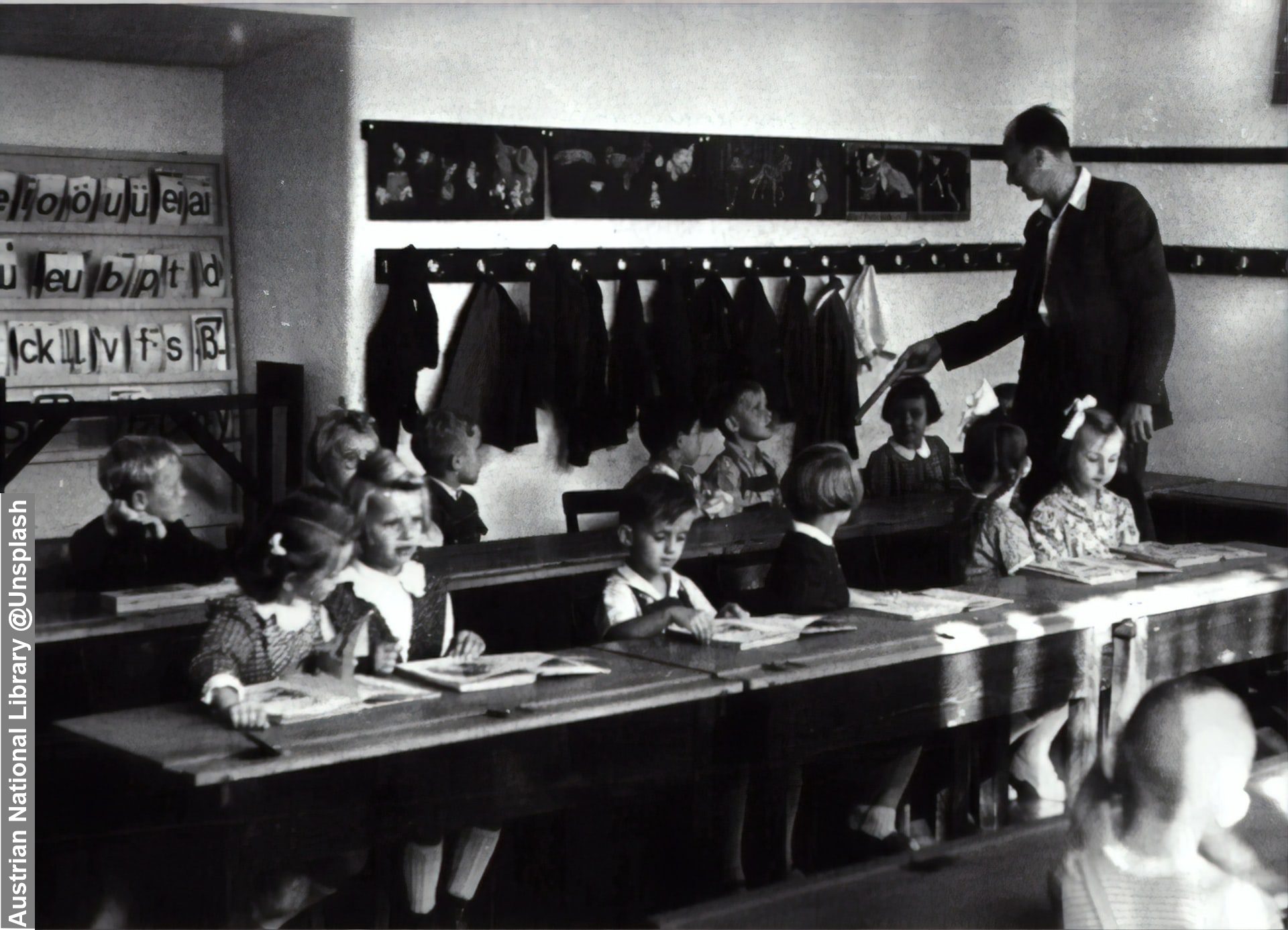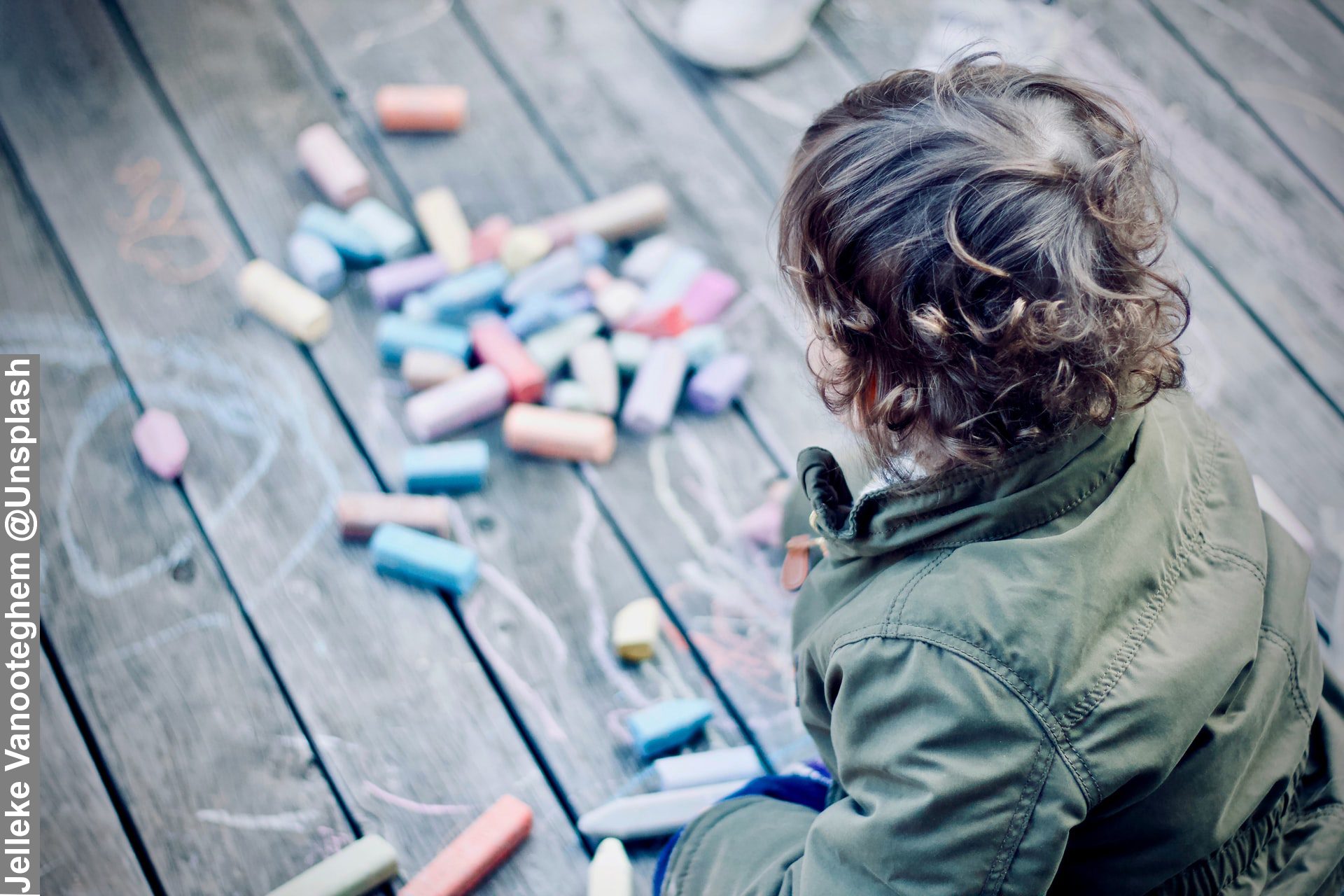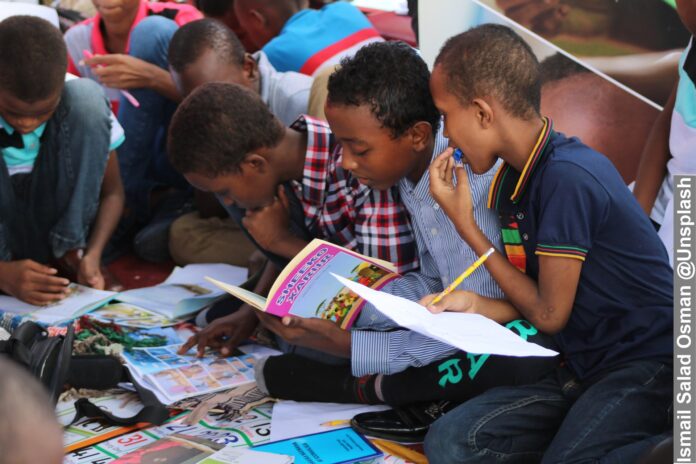A lot of attention is given to kids’ success in school. But the truth is that success in school can’t be separated from success outside of school. So we need to create a positive learning environment for kids to learn the basics and confidence and skills that will help them in life.
Education is the great lever, whilst the quality may differ from country to country and location to location. Education offers the best chance of closing the chasm between those at the top and the bottom.
Such an example illustrating the power of education is Sundar Pichai, CEO of Google Alphabet. Born and raised in Chennai, India, through the power of education, he has ascended to the top to run one of the great American institutions.
Is there a need to create a positive learning environment for kids?
We are all born equals, but life does not treat us as equals. This point was proven in my early post on ‘Graduate Earnings – Based on Gender, Parental Wealth, University, Subject, and Social Background’. The Covid pandemic has been making things worse for all regarding education. You only have to look at the two million pupils regularly missing school to see that there is a real problem. This information was gathered from 145 councils for the Children’s Commissioner to ensure that kids under the age of 16 are not lost to the system.
This study also shows that pupils have not fully returned to lessons after national lockdowns during the Covid pandemic. Couple this with the alarming fact that only a handful of private schools dominate the Oxbridge offers for university. You begin to grasp the scale and enormity of the issues at hand and why parents need to take the lead to help their kids.
A positive learning environment is a key to helping kids develop the skills to be independent and motivating them to want to learn more. This blog will discuss steps you can take to create a positive learning environment for kids.
Whether at home or in the classroom, kids need to feel safe and loved to thrive. Creating a positive learning environment is all about helping children develop confidence, independence, and a desire to learn.
It’s never too late to foster your child’s sense of well-being. Here are 10 things you can do to create a positive learning environment for your child.

1. Enable Kids to Learn Through Play
The framework for creating a positive learning environment is to create a safe and nurturing environment that invites children to explore and learn while they play. In addition, a positive learning environment is one where you can provide the support, resources, and activities that help kids develop cognitively, physically, socially, and emotionally.
2. Invite Parental Involvement – Schools
One of the most important things you can do to create a positive environment for kids is to involve parents in their child’s education. Encourage parents to visit and volunteer at your school or centre. They can also be part of celebrations and special events such as field trips or picnics.
3. Make the Environment Comfortable
Child psychologists agree that a comfortable learning environment is critical for children to learn. Therefore, having a comfortable home for your kids to learn in is essential for a positive learning environment. Of course, that doesn’t necessarily mean you need to spend money on new furniture or redecorate the entire house. Still, it does mean your kids need to have a space they feel they can use without fear of being judged or interrupted.
This can be their own bedroom or the living room. As long as there is a bit of privacy and your child has enough room to work on their assignments, it doesn’t really matter where that space is.
4. Make It Safe & Welcoming
A safe learning environment is one of the most important aspects of a positive classroom. Kids need to know that they can come to you with any question or concern and that you are there for them if anything goes wrong. The best way to do this is by establishing trust from day one.
5. Structure Time for Learning & Play
Students need opportunities for both structured and unstructured playtime for them to develop strong social skills, learn about their world, and relax after rigorous lessons or work periods. You can have planned activities or events like game nights with parents and include a few minutes each day where kids can just relax and interact with each other on their own terms.
6. Reward Kids for Good Behavior
Kids are more likely to repeat behaviours that get rewarded (growth mindset method, not fixed mindset). Positive reinforcement is more effective than punishment because it helps children learn what behaviours are correct. Gestures such as hugs, high fives, and thumbs up all let children know they have done something right. Giving your child verbal praise helps them understand what they did that was good or helpful.
You can also give small rewards such as stickers or small prizes to recognize your child’s efforts (at younger ages). One way to reward kids’ good behaviour is to use a reward chart for kids. Reward charts for kids are available online or in stores. Still, you can easily make your own with supplies from any office supply store. It allows you to discuss why you’re giving rewards and why specific actions are essential.
7. Provide enrichment activities that build on your child’s interests
Even if your child doesn’t love school, they can still learn at home. Help your child find activities that interest them, like building a model plane or creating stop-motion animation videos. These activities help kids discover new things, and they are a lot of fun too!

8. Leverage the Power of Technology
Kids today are born in the digital age, so they’re naturally drawn to technology. You can use this to your advantage by using educational apps or games that help children learn new skills or learn about a particular subject. Many different apps cater specifically to children’s interests, from ABCs and 123s applications to reading apps with interactive stories and even math games!
9. Organize Some Extra-Curricular Activities
Kids need to take breaks from their studies, even if it means just taking a walk or watching TV for a little bit. You should also encourage them to find other things that make learning fun, like sports or music lessons. These activities can help alleviate stress and make them eager to learn afterwards. As long as these activities are scheduled around their study times, they shouldn’t be a problem.
10. Use humour, tech, or other strategies to get on their level
If you want your kids to learn more effectively, you should ensure the learning environment is relaxed and fun. You can use humour to keep your students engaged and relaxed simultaneously. Additionally, using technology such as tablets in place of textbooks can make learning more enjoyable.
Conclusion on how to create a positive learning environment for kids
Creating a positive learning environment can propel your child to success, no matter what they choose to do in life. More importantly, no matter their background.
These 10 tips offer a basic overview to stimulate thoughts and provide fundamental ideas to springboard from. I hope this will contribute to impacting you and your child’s relationship.
It’s never too early to instil a sense of confidence in your child that can lead them to great things. In addition, the power of positive reinforcement can help build character for kids both inside and outside of the classroom.
Sources
- Branwen Jeffreys, (9 March 2022), ‘Almost two million pupils regularly missing school’. BBC, [Accessed 2 April 2022]
- Lydia Venn, (4 February 2022), ‘These are the private schools which dominate the Oxbridge offers’. The Tab, [Accessed 2 April 2022]
- Melinda C. Shepherd, (15 March 2022) ‘Sundar Pichai Biography’. [Accessed 2 April 2022]


